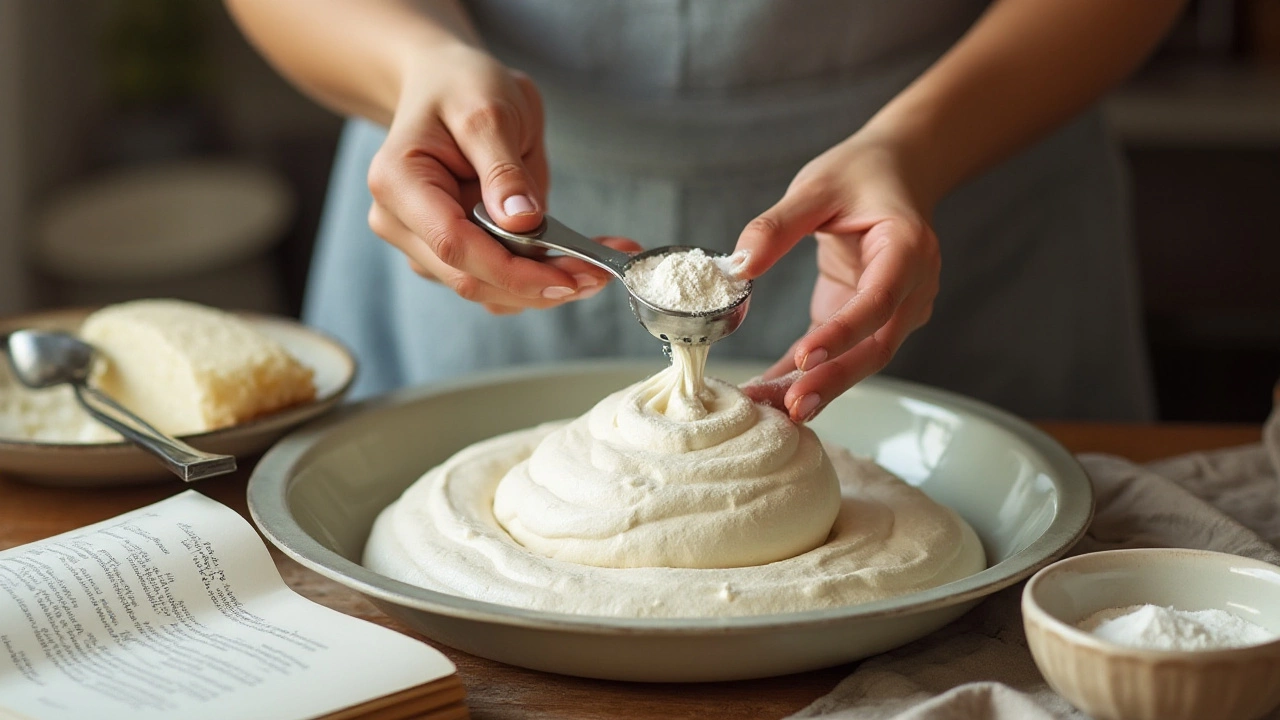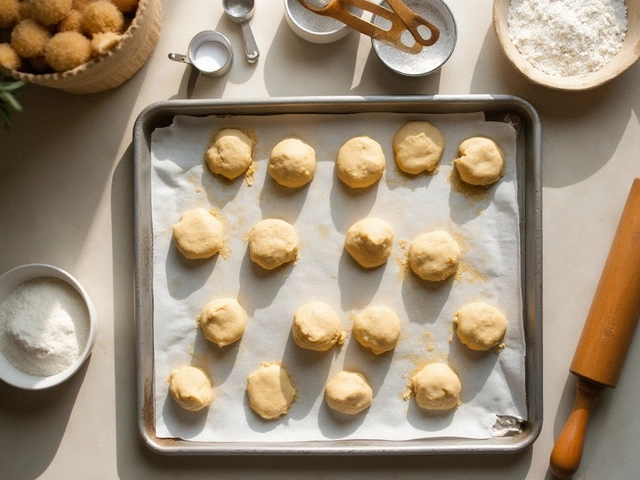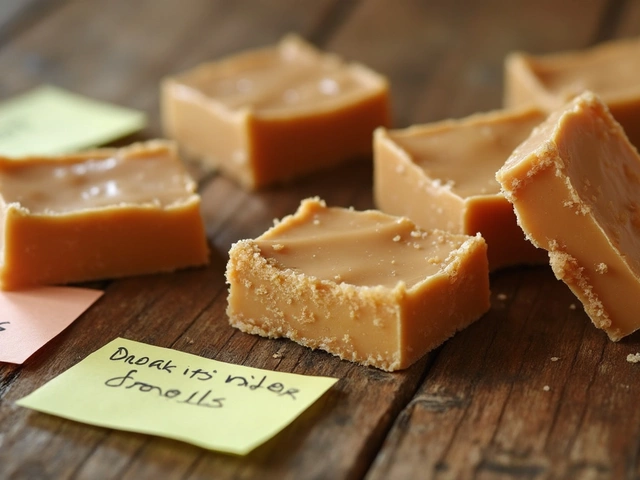How to Use Cornflour in Pavlova for Light, Crispy Meringues
If you’ve ever wondered why some pavlovas turn out fluffy on the inside and crisp on the outside, the secret is often cornflour. Adding a small amount of cornflour to the egg white mixture changes the texture without adding any extra flavor. This tag page pulls together the best advice on using cornflour so you can skip the guesswork and get a perfect pavlova every time.
Why Use Cornflour?
Cornflour (also called cornstarch) acts as a stabiliser. When you whisk egg whites, you create a network of protein bubbles. Those bubbles can collapse if the mixture is too runny. A tablespoon of cornflour per 4 egg whites absorbs a tiny bit of moisture, making the meringue thicker and less likely to weep.
Because cornflour is gluten‑free, it’s a great option for people who avoid gluten. It also gives the pavlova a slightly softer interior while keeping the outer shell crunchy. The result is a dessert that’s light enough to melt in your mouth but sturdy enough to hold fresh fruit and whipped cream.
Tips for Perfect Pavlova
1. Sift the cornflour. A fine sift prevents lumps that could create uneven spots in the meringue. Just sprinkle the cornflour over the whipped egg whites and fold gently.
2. Use room‑temperature eggs. Cold eggs take longer to reach stiff peaks, which can lead to over‑whisking. Warm eggs whip up faster and hold the added cornflour better.
3. Add sugar gradually. Sprinkle caster sugar a tablespoon at a time while the mixer is on medium speed. The sugar helps stabilize the foam, and the cornflour keeps it from becoming too soft.
4. Shape the base low. A shallow mound spreads the cornflour‑enhanced mix evenly, giving a larger surface area for crispness. Use a spatula to smooth the sides and create a slight well for toppings.
5. Bake low and slow. Start at 250°F (120°C) for 20 minutes, then drop to 200°F (95°C) for another 30‑40 minutes. The gentle heat dries out the outer layer without burning the interior.
6. Cool inside the oven. Turn off the oven and leave the door ajar for an hour. This slow cooling prevents cracks and keeps the centre soft.
7. Store properly. Once cooled, keep the pavlova in an airtight container. If you add fruit, wait until just before serving to keep the base from getting soggy.
Experiment with flavors by adding a dash of vanilla extract or a pinch of lemon zest to the egg white mixture. The cornflour won’t interfere with these additions, and you’ll get a subtly scented meringue that pairs perfectly with berries, kiwi, or passion fruit.
Remember, the key is balance. Too much cornflour can make the meringue gummy, while too little won’t give you the desired stability. Stick to about 1–2 teaspoons per 4 egg whites, and you’ll see consistent results.
Now that you know why cornflour matters and how to use it, go ahead and try the recipe on your next gathering. Your friends will be amazed at the light texture and crisp shell, and you’ll finally understand why the best pavlovas always have a little cornflour in the mix.

The Essential Role of Cornflour in Perfect Pavlova Recipes
Discover the significance of cornflour in making the perfect pavlova. Explore how cornflour contributes to achieving the ideal texture and stability in your pavlova, including insights on its impact on the structure. Learn tips from baking enthusiasts and understand when and how to use cornflour effectively in this classic dessert.
View More




